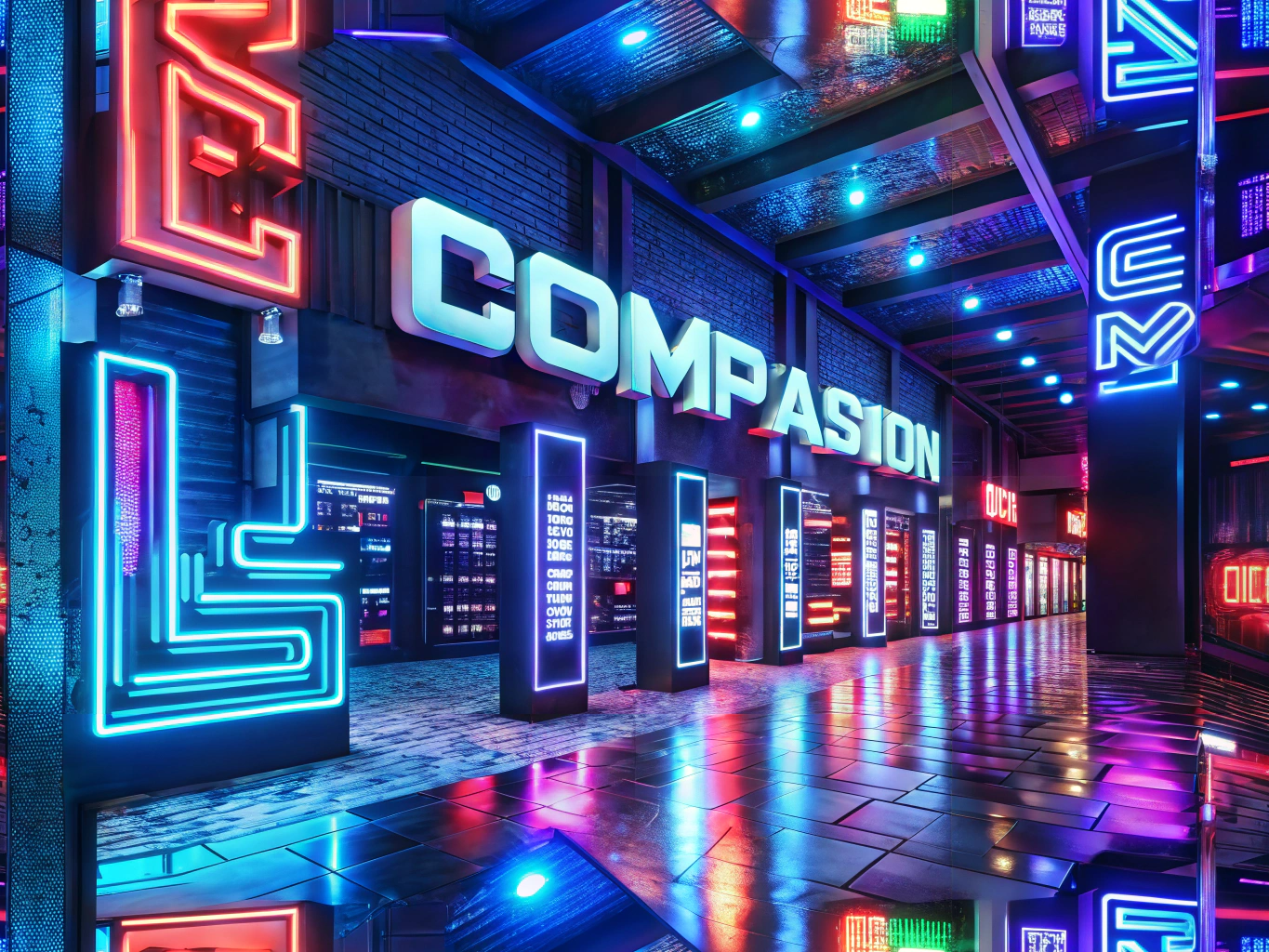Introduction
When it comes to choosing signage for retail companies, two popular options are LED signs and neon signs. Each has its own set of advantages and disadvantages, as well as cost implications. In this article, we will explore the pros, cons, and cost differences between LED and neon signs to help you make an informed decision.
Pros and Cons of LED Signs
- Energy Efficiency: LED signs are highly energy-efficient, consuming less power compared to neon signs.
- Durability: LEDs are known for their long lifespan and durability, making them a cost-effective choice in the long run.
- Brightness: LED signs offer superior brightness and visibility, even in daylight.
- Cons: Initial costs can be higher, and they may not have the same nostalgic appeal as neon signs.
Pros and Cons of Neon Signs
- Aesthetic Appeal: Neon signs have a classic, retro look that can attract customers with their vibrant glow.
- Customization: Neon signs can be custom-made in various shapes and colors.
- Cons: They consume more energy and are more fragile compared to LED signs.
- Maintenance: Neon signs require more maintenance and have a shorter lifespan.
Cost Differences
The initial cost of LED signs is generally higher than that of neon signs. However, the energy savings and lower maintenance costs of LED signs can offset the initial investment over time. Neon signs, while cheaper upfront, may incur higher electricity and maintenance costs.
Conclusion
Both LED and neon signs have their unique benefits and drawbacks. The choice between the two will depend on your specific needs, budget, and aesthetic preferences. For more information on signage solutions, visit our Signage Solutions page.

